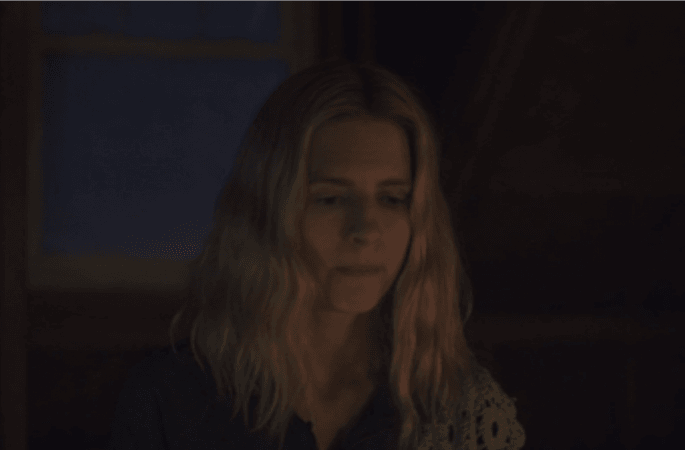
Netflix's The OA has been attracting some intense reactions from viewers after the series was released on the streaming website mid-last month. With the help of word-of-mouth and mixed critic reactions, the show has created a lot of buzz and more viewers are logging onto the website to check out what the show exactly is.
The OA Season 1: Creators lash out at critics; feel dance in the show not given due respect
Through several interviews, the makers have been answering questions about different plotlines and twists. Recently, the team sat down with Rolling Stones to share what went into the making of the successful Netflix show. Co-creator of the show, Zal Batmanglij reveals that one question led to the inception of the show – what exactly do we become after we die?
The makers confess that when they got together for The OA, they really did not know what the story would be, but they were clear on the narration. Instead of the sample format of story telling, the director reveals that they wanted the story to be conveyed in the novel visual format. "Like a really good Ian McEwan book or even Patti Smith's Just Kids, even though that's nonfiction. So unlike in a traditional long-format story, you don't have all the main characters – or the full plot engine – in the first hour," director Batmanglij reveals.
So how exactly did they write the show? The duo approached writing in a non-traditional format. Instead of one person sitting down and writing the script, Batmanglij and co-creator and lead actress of the show, Brit Marling share that they chose a different way to come up with the script.
"We start by telling each other a story orally back and forth. Some days you could have pitched things in a blue streak, and it really feels like you're just channeling them, riding some wave. If it works – and your partner is entertained, leaning forward and laughing out loud or they're weeping – you know you've got something that holds. The stuff that works, you always remember. The stuff that doesn't work as well falls away," Marling explains.
The show revolves around after-death experiences and angels, so was there a specific mythology that inspired the two to delve into that space? While the duo refuse to point to any particular mythology, director Batmanglij opens up that Raymond Moody's book, Life After Life, led to the phrase "near-death experience." And Marling added the NDE concept to the series.
"Angels haven't really gotten a fair shake out there. There are lots of vampire stories, lots of ghost stories, lots of zombie stories – but the idea of a messenger from God doesn't feel very popular, I guess. It resonates with me." And why is that? "I think there's something cool and uniquely female and supernatural about them. I don't know," Batmanglij adds.
If you haven't seen the show yet, log on to Netflix and binge watch the complete season 1.




!['Lip lock, pressure, pyaar': Vidya Balan- Pratik Gandhi shine in non-judgmental infidelity romcom Do Aur Do Pyaar [ Review] 'Lip lock, pressure, pyaar': Vidya Balan- Pratik Gandhi shine in non-judgmental infidelity romcom Do Aur Do Pyaar [ Review]](https://data1.ibtimes.co.in/en/full/797104/lip-lock-pressure-pyaar-vidya-balan-pratik-gandhi-shine-non-judgmental-infidelity-romcom.jpg?w=220&h=135&l=50&t=40)





!['Lip lock, pressure, pyaar': Vidya Balan- Pratik Gandhi shine in non-judgmental infidelity romcom Do Aur Do Pyaar [ Review]](https://data1.ibtimes.co.in/en/full/797104/lip-lock-pressure-pyaar-vidya-balan-pratik-gandhi-shine-non-judgmental-infidelity-romcom.jpg?w=220&h=138)






